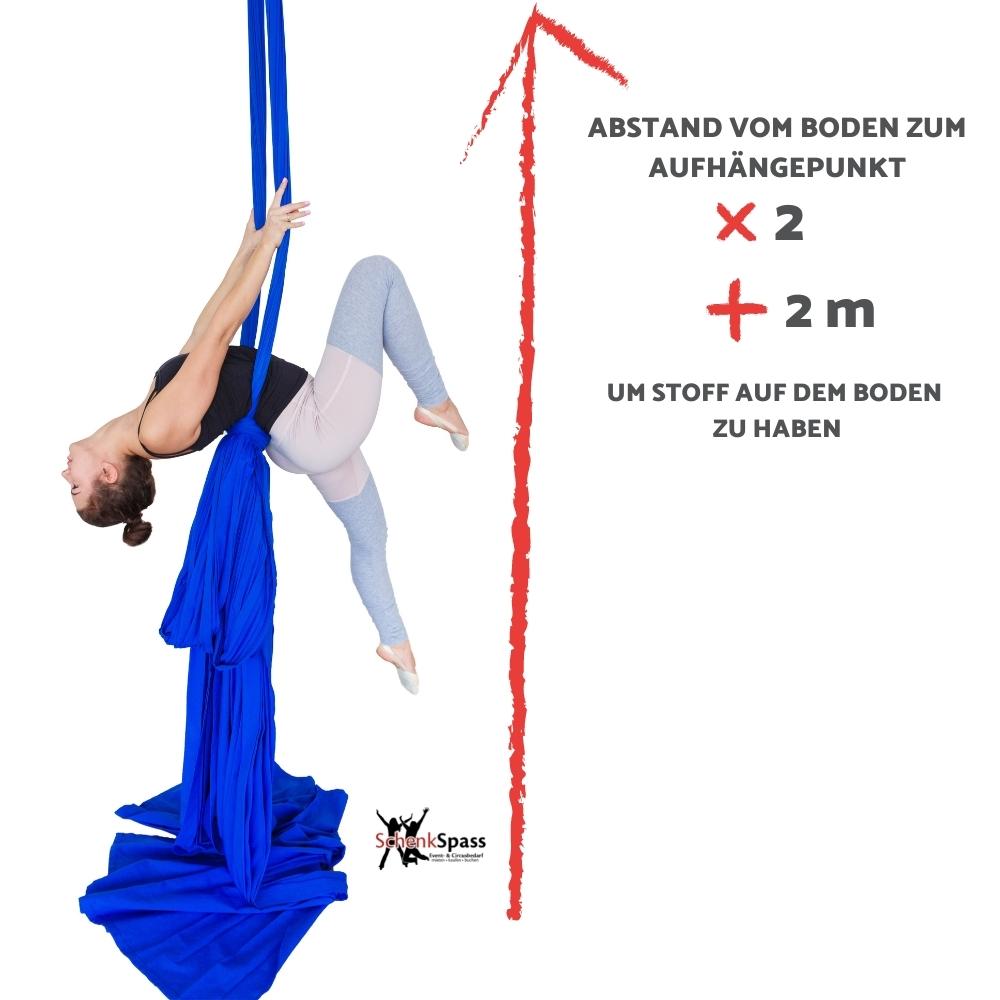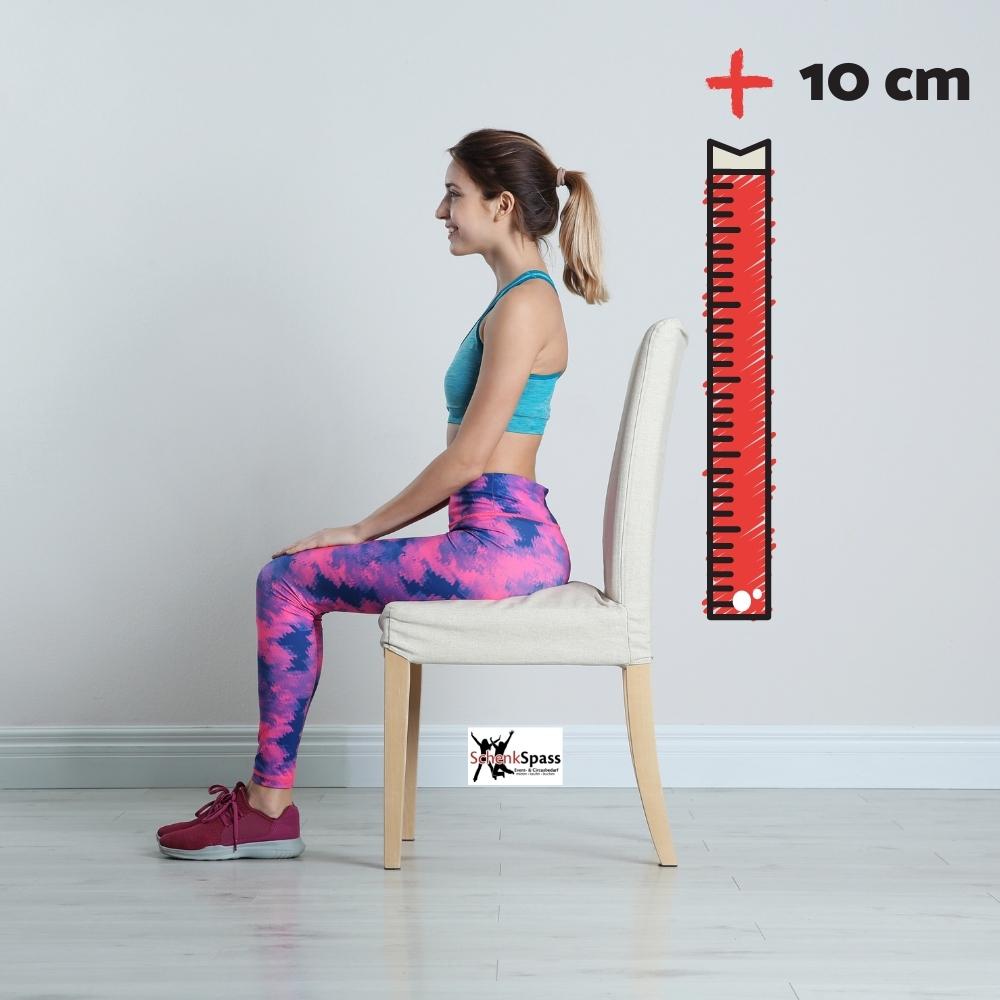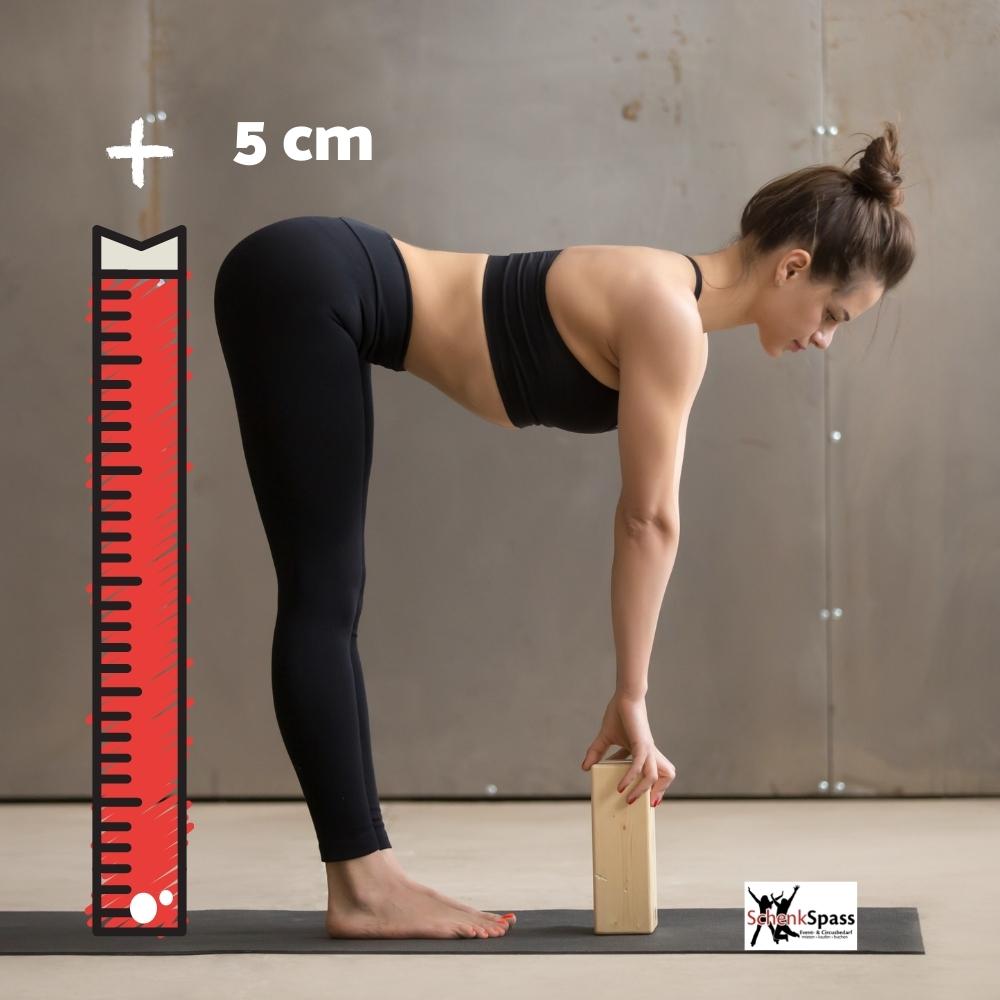FAQ
Frequently asked questions about our shop
Rigging & Safety
Aerial rigging is the process of mounting and installing your equipment in order to practice aerial. You can rig or hang your equipment in many places and that is great news in terms of versatility.
But in order for this to be also safe, you need to have in-depth knowledge about the material resistance of the surfaces or places where you rig your equipment. Although we have the experience and we have also completed rigging courses, we can give you great advice on what you can buy, but we cannot personally test the area where you want to rig your equipment.
This is why we always recommend definitely getting advice or help from either a professional rigger, a structural engineer or a circus professional. Safety should always come first.
The question here is, is it really safe?
The answer is complicated and we do not hold or can evaluate details about the tree in order to make any expert recommendations. We can surely understand that aerial training hanging from a tree can feel like a one-of-a-kind experience, however, it can also be very dangerous since it is very hard to determine if a tree is strong and can withhold weight. There have been many reported injuries that happened in otherwise healthy-looking trees.
An expert arborist can help with the evaluation of the tree`s health and strength since there is a long list of factors to consider, from age, previous damage, internal rot of the trunk, pests, soil conditions and so much more.
But even so, there is still so much that remains impossible to control or assess, which ultimately leaves rigging from a tree a dangerous activity, with an increased risk of injury or even death.
If you do decide to try it out, make sure you take all the proper precautions so that you can be safe.
Yes, and just how amazing is that? Our silks can be 100% used and enjoyed outside. Direct sunlight exposure can however cause the material`s color to fade in time. For this reason, we don`t recommend storing your silk outside long-term.
The hoops we sell are also suitable for outside work, and even though stainless steel is very resistant to humidity, we do not recommend storing your lyras outside for good either.
We offer quick links - oval, delta, pear-shaped & screw-lock.
We believe they are safer for the air. Of course, climbers use other types of belay, but they do so because climbing requires a quick-release carabiner. However, this does not apply to aerial arts as it is in fact not recommended. A quick link is a safe option.
Delta quick link: A delta quick link can be securely mounted in three directions or can accommodate straps on the lower edge.
Oval quick link: You can use it, for example, as a connection between the universal and triangle ceiling mounts.
Pear-shaped quick link: The pear-shaped quick link is often found when using trapezoids and aerial ropes. They are the connection between e.g. a cotton rope and the ceiling suspension and are one of our most stable security options with a maximum load of over 3t.
Screw-lock: You can connect your aerial device also with a very handy screw-lock carabiner. It is easy to unlock and lock thanks to the flexible opening and the keylock system keeps it perfectly safe.
It depends on your ceiling, or your hanging options, preference or intended use. We definitely recommend you consult a specialist to help you install your aerial equipment.
Most aerial yoga silks are hanged from beams, ceiling or doorways, whether in the house, garage or porch.
Always test the beams and ceiling before using them, to make sure they can hold a dynamic weight load.
Always use hardware approved for holding human weight.
We offer different ceiling mounts that come with screws for different surfaces, such as wood or concrete.
Safety comes first with our aerial products.
That is why we test our aerial fabric in Germany at our location in Eibelstadt - near Würzburg - and check it for the maximum load (Breaking Load Limit = BLL) and then assign a permissible workload (Working Load Limit = WLL) with a safety factor of 14.
With the knot currently proposed by us on our aerial silk triangle mount or aerial silk universal mounts, the following data result:
Breaking Load Limit BLL: 1350 kg
Working Load Limit WLL: 95 kg
The accessories are also tested by us. The aerial suspension and the aerial silk for the ceiling hold more than 10 tons in the test.
Endless possibilities, really. But in all cases, you have to make sure that the location can hold your weight without breaking the ceiling or even the entire structure of the place.
If the structure holds, you can hang your silk in many places, either indoor or outdoor. It can be in your home, in your room, in a studio, in a circus, in an old barn or building, in a warehouse. It can be from the door, from concrete, wood or steel beams, from a professional rigging stand.
Please remember that rigging at home can be complicated and dangerous, so we always recommend getting professional rigging help and equipment certified for aerial.
This is a common question if you train with other people in the same space or if you consider this question for your own studio or school.
We recommend at least 3,5 meters between two aerial points. An ideal situation would be to have at least 2 meters of free movement space in all 4 directions when you practice from your aerial point.
This definitely depends on which equipment and your practice preference at the moment.
Aerial Silks: The height required is usually between 6 m and 9 m (this means purchasing between 12 to 18 m silk fabric). There are a great many tricks that can be done on a 3.5 m to 4.5 m (7 to 10 m Silk) aerial fabric and only a few drops require more than 9 m, but for the most part, hanging the aerial silk between 6 and 9 m is most commonly used.
Aerial Hoops: There is so many acrobatics that you can do with the hoop hanging just a few centimeters from the floor, but a lower ceiling will restrict your practice, so a good minimum height for a hoop starts with 3,5 m.
Aerial Yoga Hammocks: Aerial Yoga classes do not require a typical ceiling height, anything from 2.75m will work. Aerial Yoga Silks are also usually adjustable with daisy chains in studios because each person is different and the hammock needs to be adjusted to one`s body for usability and for safety.
Absolutely! But of course under supervision when doing tricks. Our aerial silks are specially created with young acrobats in mind so that they can easily grab the silks even with smaller hands.
We actually do recommend aerial silk and ring acrobatics to young children, since we firmly believe that aerial sports help kids become more aware of their bodies and teach them discipline.
We have seen kids becoming so proud of their achievements every time they can manage to do a new trick. Consistent aerial practice ultimately leads to children that are self-confident and fit, while also having fun.
There are different advantages to each.
Using a single rig will allow room for more spin while using a double point hammock will provide you with a much more stable positioning. So ultimately, it is up to your preferred aerial yoga practice.
Fabric
There isn`t a rule, we often sell aerial Silks from 6 meters to 24m.
From our experience, people do tend to frequently order the 12 m option and the 10 m one, since both are super versatile when it comes to using them in various spaces.
The 12 m option can be suitable for a 5 m high room if you prefer leaving a meter hanging on the floor, or for a 6 m room if you don`t.
This is also a matter of preference, but first of all, let`s establish what the difference between these 2 is:
Low-stretch fabrics: low-stretch fabrics are primarily used by beginners because they are in principle easier to climb and they provide more support. They are the main choice also for aerial yoga because it provides a lot of support in static poses.
Medium-stretch fabrics: medium-stretch fabrics are the go-to silks for advanced or professional aerialists.
Our SchenkSpass Aerial Yoga Hammocks are made of low-stretch fabric, 100% Nylon. This will help you feel very secure in your aerial yoga practice.
We are proud to share our favorite fabric, the SchenkSpass Silk. We love it because we believe we go the recipe for the perfect silk just right. And we have had time to confirm this with the many kilometers of fabric that we have sold so far.
The SchenkSpass Silk is a medium-stretch fabric, 100% Polyester, and it offers a nice bounce on drops, to the delight of the aerialist and basically, anybody watching. But it is also surprisingly also easy to climb since the material is very grippy. That is possible due to the fact that we are using 160cm widths for our silks, which we believe makes all the difference.
Following the washing guidelines and as often as you feel it is needed. But in order for the process to be effective, you have to read carefully through the list below before washing your fabric for the first time.
At SchenkSpass, we only sell Silks, made of 100 % Polyester and Aerial Yoga Hammocks, made of 100% nylon.
Both these fabrics are synthetic and the same principles apply when it comes to washing them:
- wash them in them individually in the washing machine, one silk at a time
- use a cold, gentle cycle, like 30°C
- use gentle detergent only
- do not use stain removers, bleach or other detergents that are aggressive to the fabric
- never tumble dry it – heat tears down the fabric and it will no longer be safe to use
- do hang dry right away in a well-ventilated place
- do not dry or store in direct sunlight, UV rays can damage the color and material
- do remove daisy chains or carabiners before washing
If you have ever had to deal with heavily stained clothes, you know, first of all, that oil stains don`t come out that easily and secondly, that 30°C is not enough to get tough stains out. There have been numerous tests done on washing machines that show that washing a fabric at 40°C compared to 30 Degrees, removes 30% more stains. And, while fats will be removed from cotton easily at these temperatures, synthetic fibers need more heat for a thorough clean.
But 40°C is still a warm wash, so there is no need to worry. Synthetic fabrics (polyester, nylon) will do fine at this temperature, it is actually the temperature at which most clothes - whether made from cotton, polyester, nylon, linen, viscose, acrylics or more - are recommended to be washed at.
Products
Aerial Silk fabric length
The fabric you purchase should always be at least double the size to the rigging point.
However, it is advisable to add about 2 extra meters, if you want your silk to also hang on the floor, as seen below.
This adds extra fabric for a tail which is helpful if you are learning aerial silks. If you prefer not to have extra fabric on the floor, then do not add the extra 2 meters.
For rooms with a ceiling point up to 3 m, you can take the silk in double plus 1m (7m).

Länge des Vertikaltuches
Aerial Yoga fabric length
Our 280 X 380 cm Aerial Yoga Hammock is best for a 2.75-meter to 3-meter ceiling if you want the bottom of your hammock to be at hip height from the floor.
A 280 X 600 cm Aerial Yoga Hammock is best for Restorative Yoga if you want the bottom of your hammock to be close to the floor or if you have a ceiling higher than 3m.
Hoop size is again a personal preference, depending on the tricks you enjoy practicing. The most popular sizes used are 90, 95 and 100 cm. A smaller hoop can be easier for beginners and children to maneuver, and a larger hoop is great for tricks that require more headroom.
How to find out your hoop size?
It´s super easy.
1. Sit straight on a chair and measure the distance from the seat to the top of your head. Then add 10 cm. Round up to the nearest hoop size interval and that is your hoop size.
Hoops are available in 5 cm increments. Say you measured and got 83 + 10 = 93. You round up to 95 and that is your hoop size.

2. Measure the length of your feet. Lean forward to form a right angle and measure the distance from the floor to your waist. The number is the size of your hoop. Again, you have to round up to the nearest available hoop size.

This mostly means that for most children, 90 cm Aerial Hoops are a common choice. While if you are taller and have long legs, 100 cm can be a good fit.
Exceptions apply and you can always write us if you believe we can custom create 85 cm or 110 cm size hoops for you. We have delivered many custom orders and would be glad to help your aerial practice be perfect.